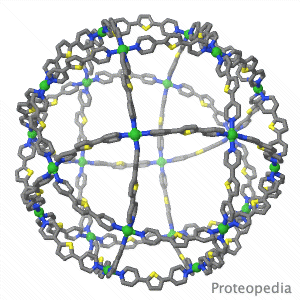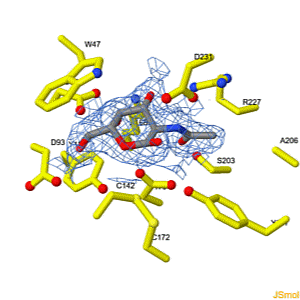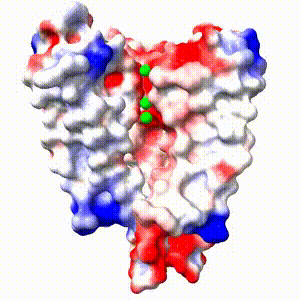Main Page
From Proteopedia
| Line 52: | Line 52: | ||
<td style="padding: 10px;> | <td style="padding: 10px;> | ||
| - | <p>[[Teaching | + | <p>[[Teaching strategies using Proteopedia]]</p> |
| - | <p>[[Teaching_Scenes%2C_Tutorials%2C_and_Educators%27_Pages|Examples of | + | <p>[[Teaching_Scenes%2C_Tutorials%2C_and_Educators%27_Pages|Examples of pages for teaching]]</p> |
<p>[[Help:Contents#For_authors:_contributing_content|How to add content to Proteopedia]]</p> | <p>[[Help:Contents#For_authors:_contributing_content|How to add content to Proteopedia]]</p> | ||
</td> | </td> | ||
Revision as of 09:57, 21 October 2018
|
ISSN 2310-6301
As life is more than 2D, Proteopedia helps to bridge the 3D relationships between function & structure of biomacromolecules
| |||||||||||
| Selected Pages | Art on Science | Journals | Education | ||||||||
|---|---|---|---|---|---|---|---|---|---|---|---|
|
|
|
|
||||||||
|
How to add content to Proteopedia Who knows ... |
Teaching strategies using Proteopedia |
||||||||||
| |||||||||||





